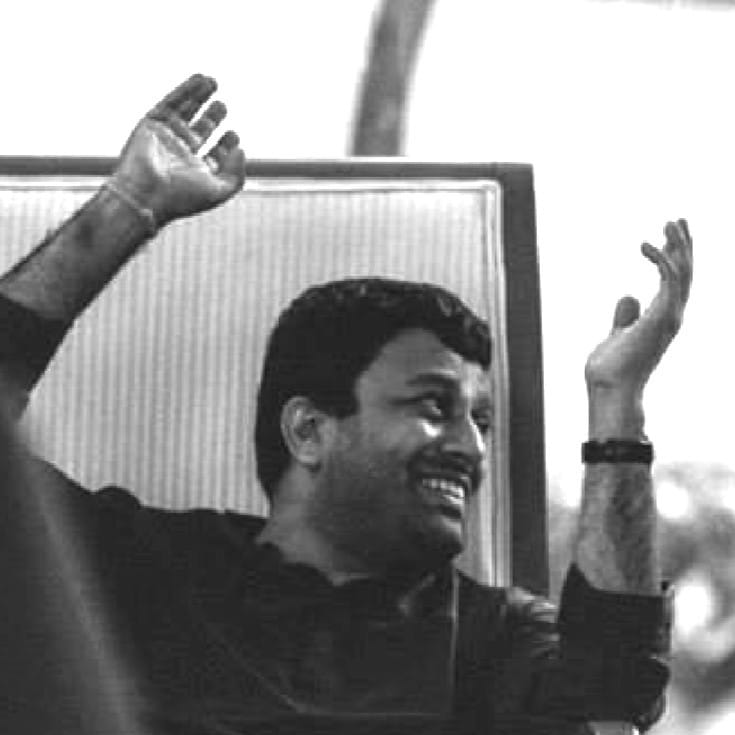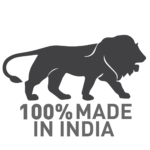Since the dawn of civilization, mankind has evolved ways to exchange goods, leading to the birth of retail. Imagine the early days when communities gathered and began bartering goods right in their homes. The first retail formats were simple yet profound—bringing trade directly to people’s doorsteps. Fast forward to today, and we find ourselves witnessing a revolution of convenience in modern retail, where HungryWheels is bringing restaurants and retail experiences right to your door.
But before we delve into the exciting future, let’s take a journey back in time and explore the rich legacy of trade and commerce in ancient India.

The trade networks of ancient India were some of the most advanced in the world, connecting diverse civilizations across continents. Before the rise of Roman Egypt, the Seleucid and Ptolemaic dynasties played a significant role in controlling trade routes to India. (Map: Kingdom of Ptolemy in purple and Kingdom of Seleucus in yellow) (Map).
India was a global center for seaborne trade that spanned Europe, Asia, and Africa. By the early 18th century, nations worldwide relied on Indian goods—fine cotton and silk, spices, indigo, sugar, medicinal herbs, precious stones, and intricate works of art. These goods were exchanged for gold and silver, making India a dominant player in the global marketplace. This prosperity continued until the onset of the Industrial Revolution in the West.
India’s industrial prowess, particularly in delicate woven fabrics, the production of vibrant dyes, the crafting of metals and precious stones, and even the development of advanced surgical instruments, made Indian craftsmanship renowned worldwide. In fact, it was from India that the art of tempering steel was first learned by other civilizations.
The Rise of Mobility and the Foundations of Trade
As trade grew more complex, so did the need for mobility. Ancient India’s maritime expertise was unparalleled. The Hindus were pioneers in constructing large ocean-going ships, and their knowledge of sea routes, monsoon winds, and navigation techniques allowed them to trade far and wide.
India’s vast road networks, including the famous Great Royal Highway, connected key trade centers from east to west and north to south. These roads facilitated not only the movement of goods but also the exchange of ideas, culture, and religion.
Key ports like Tamralipti in Bengal became bustling trade hubs, linking India with China, Ceylon, Java, and Sumatra. Other significant trade towns like Madurai, Calicut, Surat, and Paithan played pivotal roles in sustaining this rich tradition of commerce.
The Role of Currency in Ancient Trade
With the increasing complexity of trade, the need for a standardized system of exchange became apparent. The first currencies in ancient India were gold coins like the Nishka, which weighed about 32 ratis, and were used primarily in trade. Over time, other currencies like the Suvarna and Karshapana were minted, made from gold, silver, and copper, and became essential in simplifying transactions.
During the Mauryan period, punch-marked coins, flat pieces of silver and copper stamped with symbols, became the norm. This innovation allowed for standardized trade across vast regions and played a significant role in strengthening India’s position in global commerce.
In South India, during the reigns of the Cholas and the Vijayanagar Empire, gold coins like the Kasu and Pagoda circulated widely, further supporting the intricate network of trade that spanned the Indian subcontinent.
Fairs and the Exchange of Goods and Ideas
In addition to roads and ports, fairs were a central feature of ancient Indian commerce. These vibrant markets attracted traders from all over the world, eager to exchange goods, stories, and ideas. Fairs became more than just commercial spaces—they were cultural melting pots where people discussed religion, philosophy, and national matters.
India’s thriving trade and peaceful prosperity created an environment that fostered inter-regional and international commerce, laying the foundation for modern retail and trade systems.
The Continuum of Retail: From Ancient Markets to Modern Mobility
As communities grew and global demand surged, mobility became integral to both retail and consumerism. Ships transported goods across seas, roads facilitated trade over land, and ancient markets thrived as centers of commerce. This historical momentum of trade and mobility laid the groundwork for the future of retail.
Today, just as ancient trade routes brought goods from distant lands to Indian shores, HungryWheels is continuing that legacy by bringing restaurants and retail experiences to your doorstep. The mobility that once powered ancient commerce is now revolutionizing the way we shop and dine, making it possible to access a world of experiences without ever leaving home.
The Legacy of Retail
From ancient marketplaces to modern retail on wheels, India’s legacy of trade, mobility, and commerce has shaped the way we live and consume today. HungryWheels draws on this deep-rooted tradition, bringing the convenience of doorstep delivery to the modern consumer. As we continue to innovate in the world of retail, we honor the timeless connection between trade, mobility, and convenience.
Interested in experiencing the future of retail at your doorstep? Get in touch with us today to learn more and start your journey with HungryWheels!
Trade during the Vedic times: (Continued in part 2 of this article https://hungrywheels.in/vedic-retail-part-2/)
Source: Ithihas

Mobility architect, system designer, and ecosystem builder
Since 2012, he has developed various scalable vehicle platforms and solutions for retail, logistics, and defence. As a possibilist, futurist, and innovator, Vikram’s designs have powered the success of Food POD mobile kitchens at ITC, TAJ Hotels, Qmin, Manipal Group, and more.
















